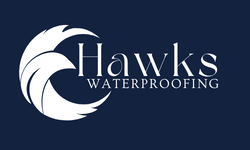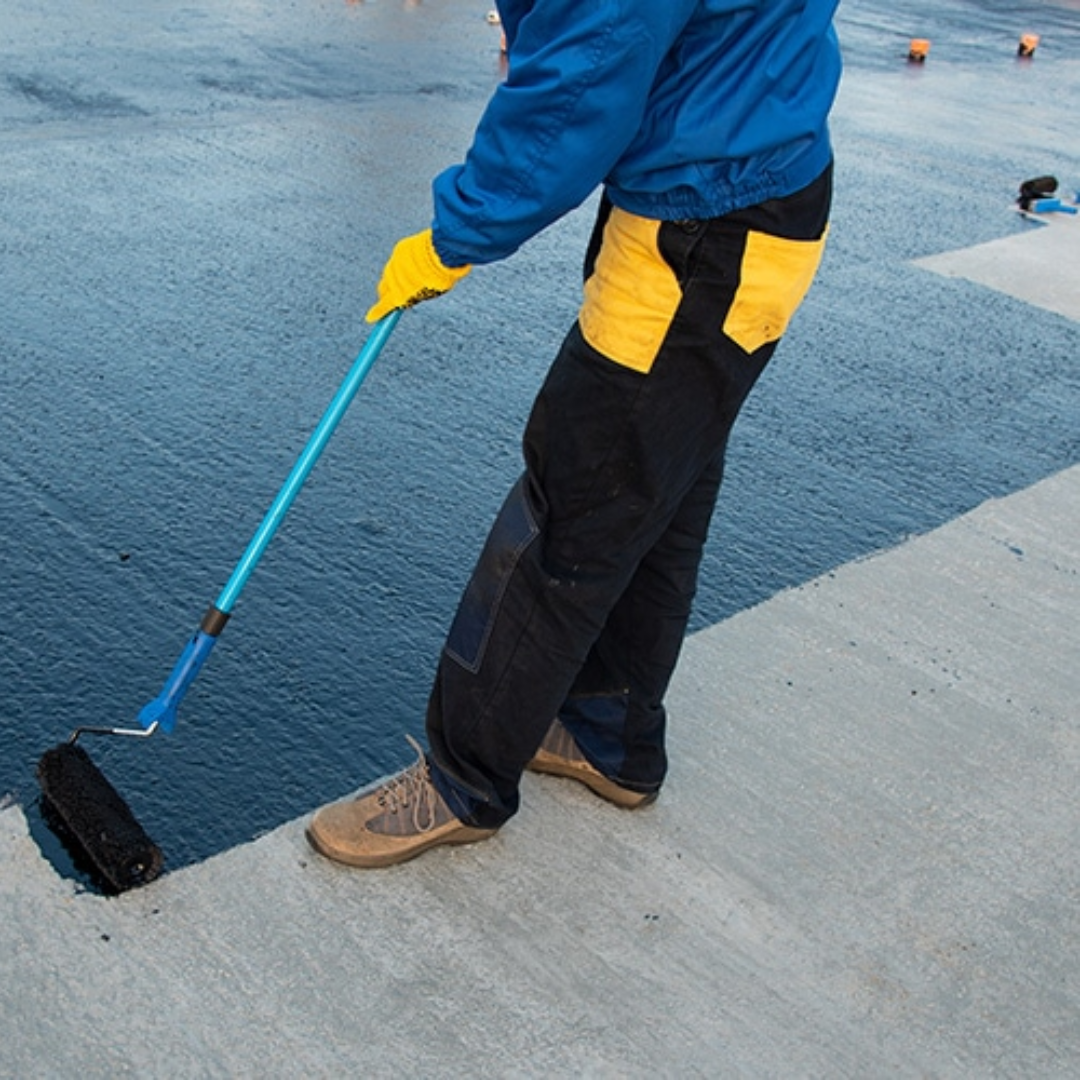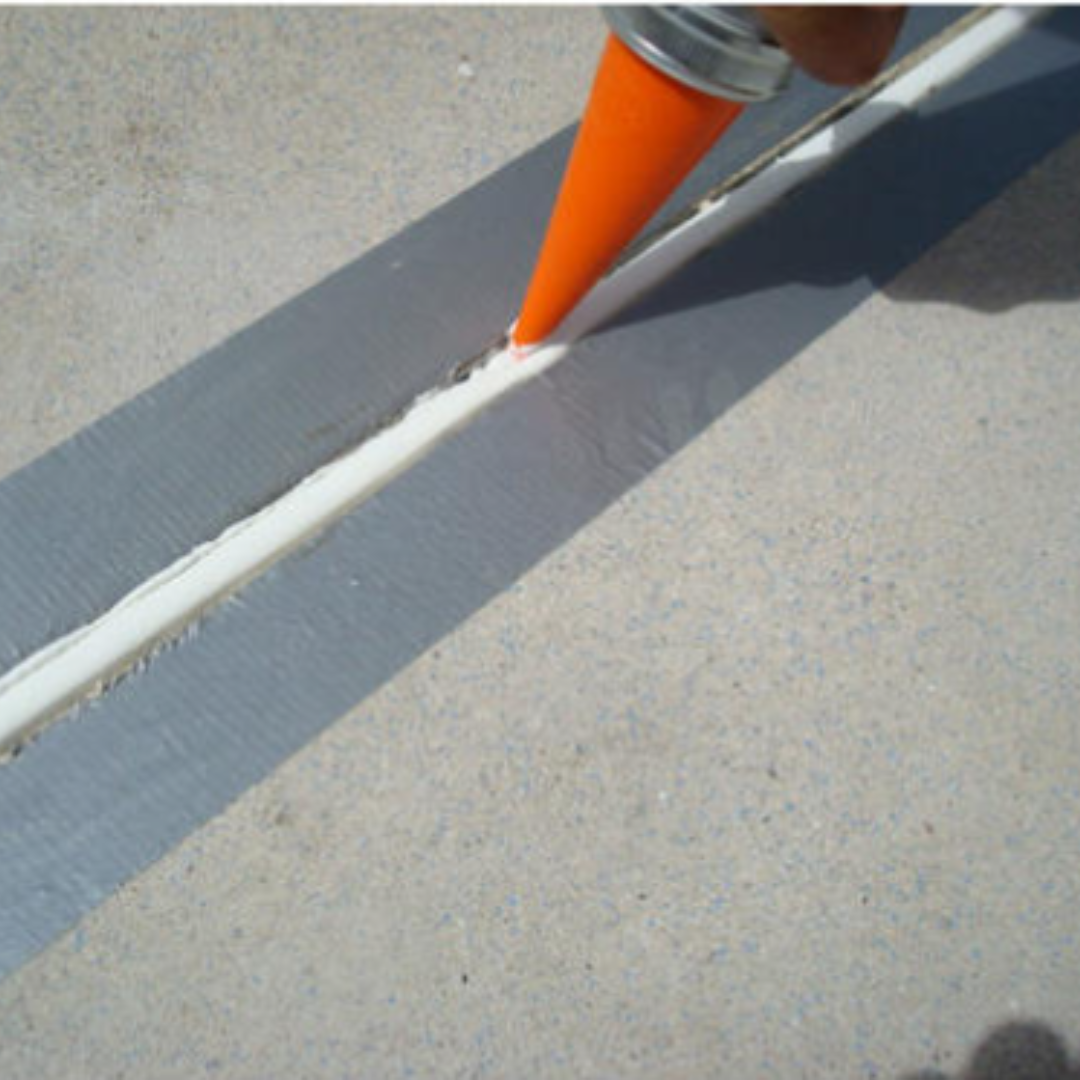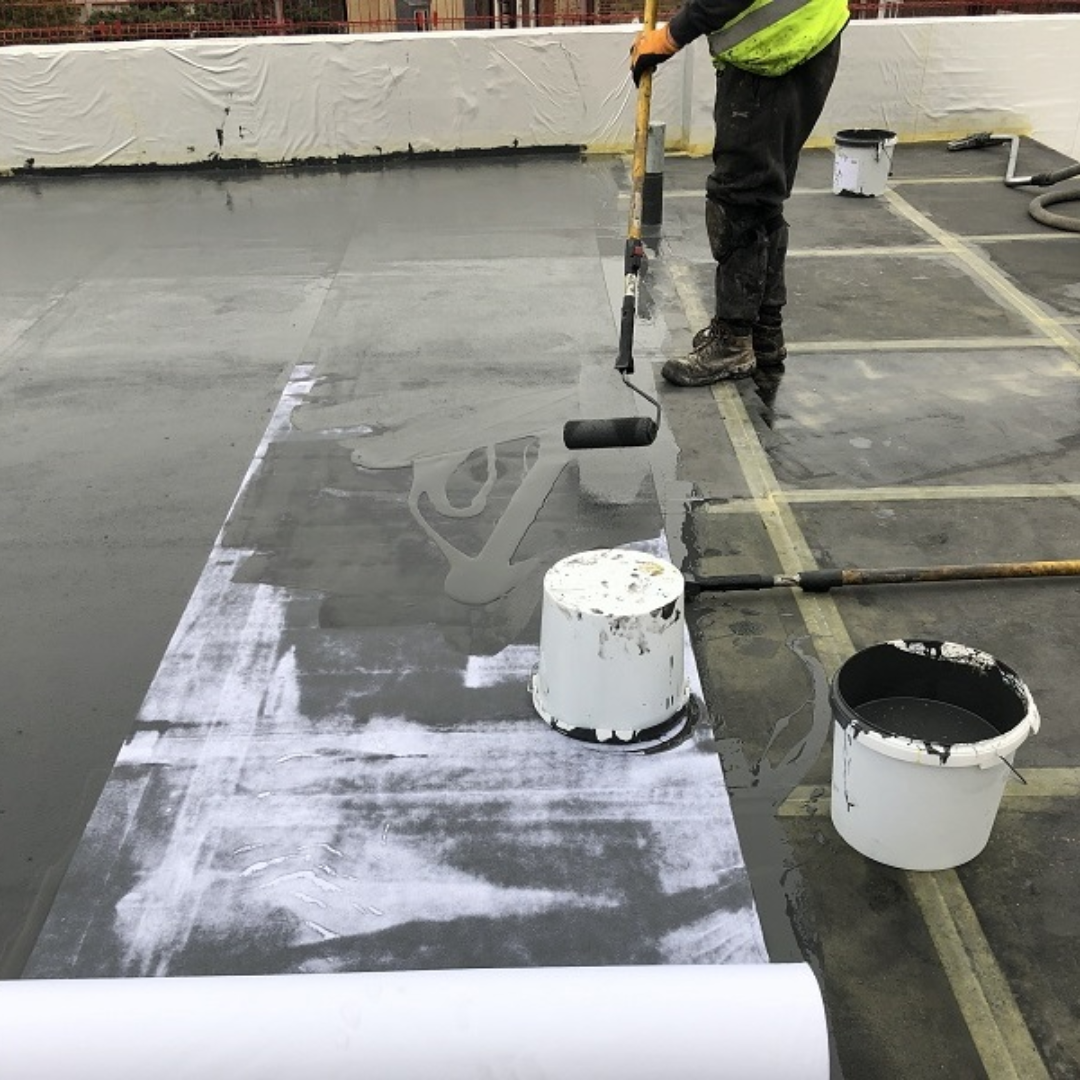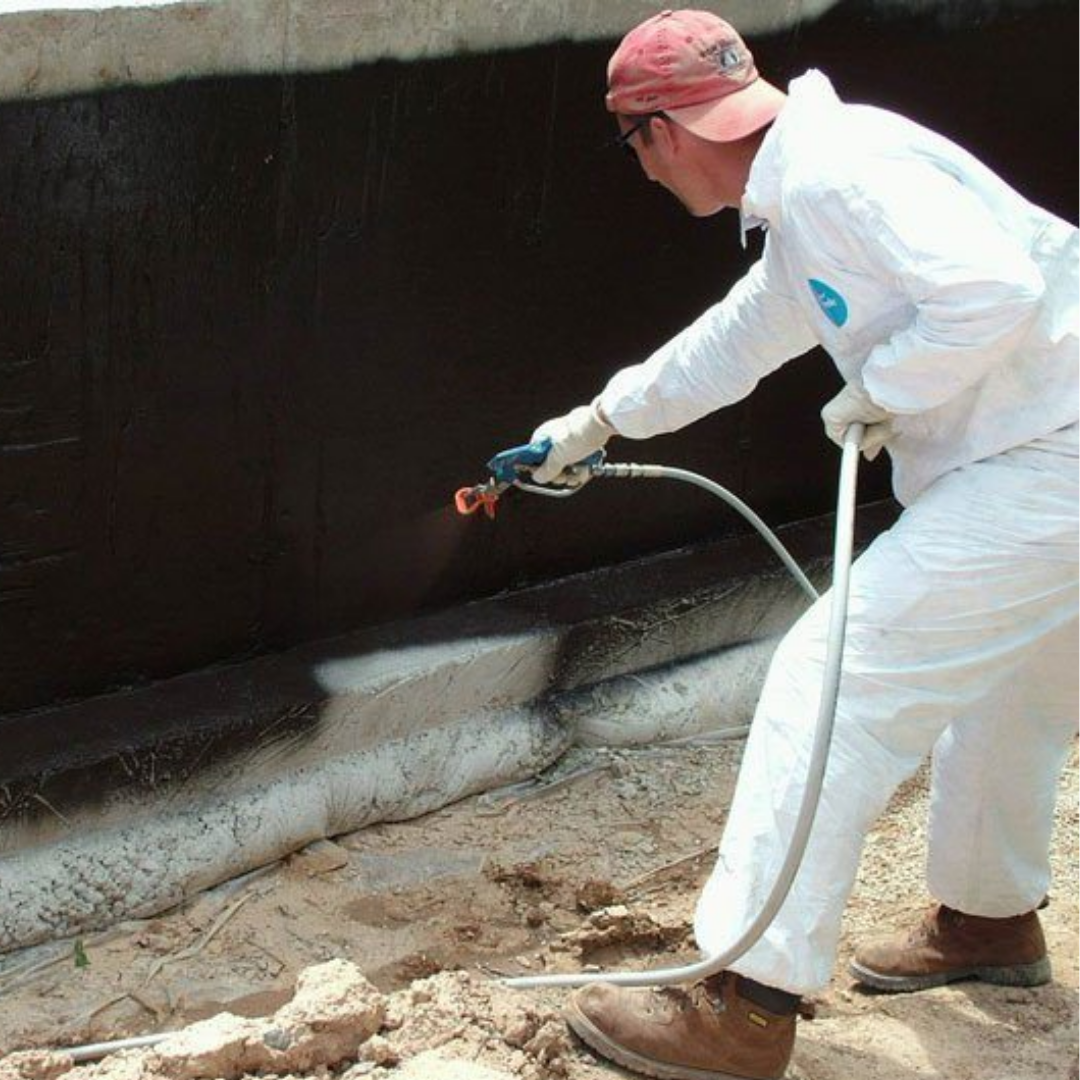Liquid Rubber Waterproofing: Rubber-based coating for versatile waterproofing.
Polyethylene Waterproofing: A thermoplastic material that provides an effective barrier.
Crystalline Waterproofing: Waterproofing that penetrates and seals concrete.
Rubberized Asphalt Waterproofing: Asphalt combined with rubber for flexibility.
Plastic Sheet Waterproofing: Polyethylene and PVC sheets for protection.
EPDM Rubber Waterproofing: Ethylene Propylene Diene Monomer for long-lasting waterproofing.
Elastomeric Waterproofing: Utilizes elastic materials for added flexibility.
Polyurethane Waterproofing: Provides a durable and flexible waterproofing layer.
Cementitious Waterproofing: Uses cement-based coatings to prevent water penetration.
Sheet Waterproofing Membranes: Pre-made sheets applied to roofs and walls for protection.
Liquid Waterproofing Membranes: Liquid coatings applied to surfaces forming a seamless barrier.

